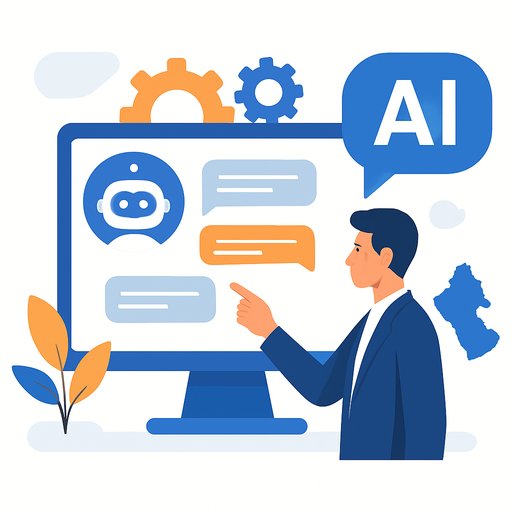Will AI mean the end of call centres?
Short answer: no - but Tier 1 support will look very different. Some leaders say there will be "minimal need" for call centres in low-cost regions, and forecasts suggest AI could resolve 80% of common issues by 2029. That pressure is real. Still, most deployments today aren't meeting expectations.
What's actually changing
We're moving from rule-based chatbots to AI agents that can make decisions. That shift promises fewer dead ends and faster resolutions. But it also introduces new failure modes you can't fix with a simple script.
We've all seen both sides. One parcel bot can get stuck showing the wrong proof-of-delivery photo with no way forward. Another goes off the rails, argues with customers, and gets pulled offline. The tech is powerful - and brittle - depending on how you design it.
According to Gartner, 85% of service leaders are piloting or deploying AI chatbots, yet only about 20% say results meet expectations. The gap is execution, not potential. Source
Where AI fits today
AI is strong in high-volume, low-variance use cases: order status, password resets, plan changes, basic billing, simple refunds. If your workflows are structured and data is clean, containment rates can be high. If not, you'll amplify confusion at scale.
For narrow domains like parcel delivery with limited question types, a rules-first agent with smart routing can outperform a general model. The key is intent mapping, policy clarity, and an easy path to a human when confidence drops.
The hidden costs most teams miss
AI isn't automatically cheaper than people. You pay for model usage, orchestration, data pipelines, evaluation, and continuous tuning. If your knowledge base is messy, your costs rise and answers degrade.
Knowledge management matters more with generative AI. You need accurate, current content, tight retrieval, version control, and ownership. Without that, the model guesses - and you get hallucinations and refunds.
What leading teams are learning
Real programs are discovering small tweaks matter. One platform found its agent "opened a ticket" without acknowledging the customer's pain - so they trained for empathy and saw improvements. Another banned competitor mentions, which blocked valid integration questions, so they refined the rule instead of going rigid.
Adoption can be high when the experience is good. Some teams report most customers choosing AI first, higher CSAT than human-only flows, and meaningful cost reductions - alongside staff redeployed to more complex work.
Humans still matter
There are scenarios where you want a person: mortgages, debt, fraud, bereavement, health, anything with emotion or risk. Empathy, judgment, and trust win those moments. AI can assist, summarize, and propose next steps - the human closes.
On the workforce side, AI can improve agent life: smarter scheduling, dynamic breaks, and auto-notes that cut wrap-up time. Use the tech to make the job better, not just smaller.
Regulation is coming
Proposed US rules would require disclosure when AI is used and a fast transfer to a human on request. In Europe, expectations are moving in the same direction, with stronger transparency and human oversight for automated systems. Keep an eye on the EU's work on AI and consumer protections. European Commission
Action plan for support leaders
- Map your top intents by volume, effort, and risk. Start where rules are clear and emotions are low.
- Set a containment target, not 100%. Define confidence thresholds and handoff rules to humans.
- Invest in your knowledge base: ownership, freshness SLAs, versioning, and retrieval quality.
- Instrument everything: CSAT, FCR, AHT, containment, deflection quality, recontact rate, and refund/error costs.
- Train tone and empathy. Provide style guides and examples; evaluate against them.
- Build escalation that feels smooth: context transfer, summaries, and zero-repeat for the customer.
- Add safety rails: compliance filters, grounded answers with citations, and strict "I don't know" behavior.
- Run adversarial testing: tricky customer prompts, edge cases, and policy traps before each release.
- Plan your workforce. Shift agents to complex queues, QA, content, and bot coaching. Measure the impact on quality.
- Be transparent. Disclose AI usage and offer a one-click route to a human.
A pragmatic outlook
AI will thin the front line, not erase humans. The best teams will pair agents with AI that resolves the simple stuff, preps the hard stuff, and learns from every interaction. Customers won't care who answers - they'll care that it's fast, accurate, and fair.
If you're upskilling your support org on prompts, automation, and AI tools, here's a useful starting point: AI courses by job.
Your membership also unlocks:





